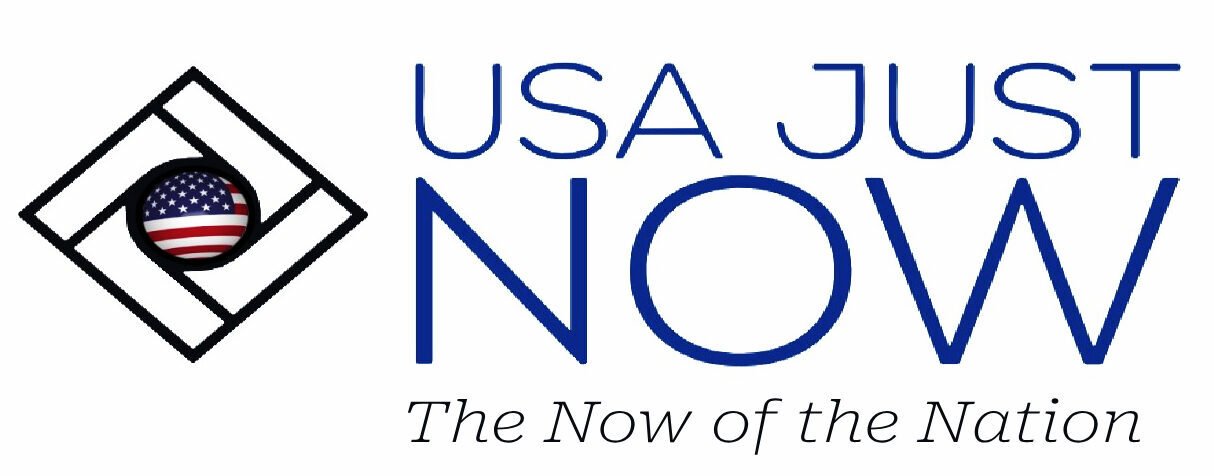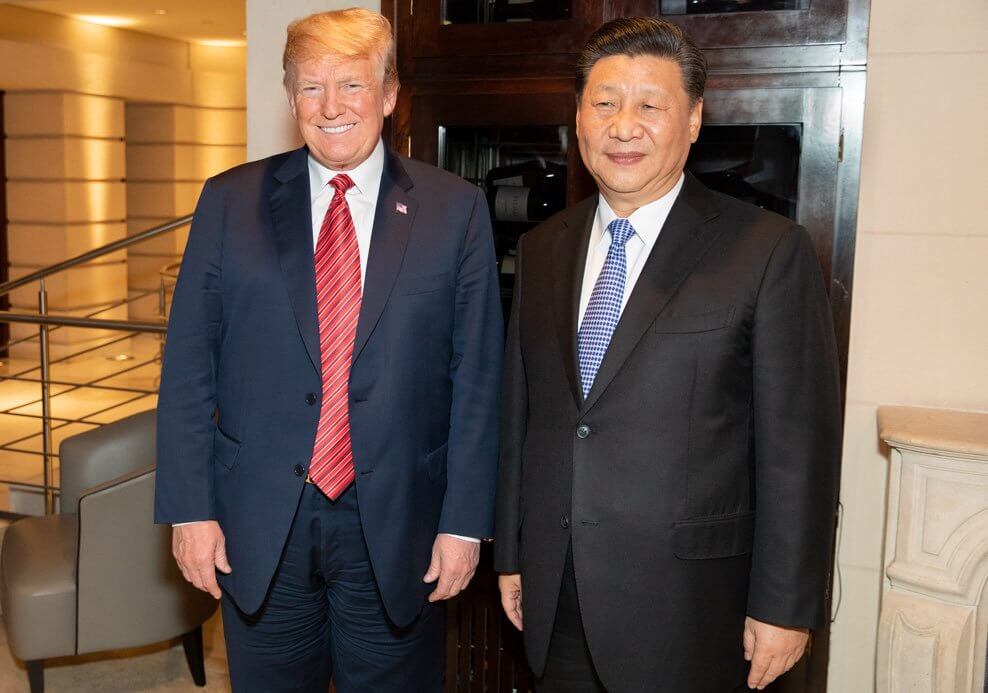KUALA LUMPUR — U.S. and Chinese negotiators said two days of Trump–Xi Preliminary Trade Framework Review after KL Talks in Malaysia produced a preliminary consensus that sets up a leader‑level review this week, while details on tariffs, rare‑earths, agriculture, and fentanyl cooperation remain subject to final decisions by President Trump and President Xi. Officials and live coverage indicate the near‑term goal is to extend the tariff truce and manage sensitive items like rare‑earth export controls to avert fresh escalation as the Asia trip proceeds, with the leaders’ meeting expected but still pending formal confirmation of timing and venue.reuters+4
What’s new
Negotiators reported a “preliminary consensus” in Kuala Lumpur spanning a tariff truce extension, export‑control coordination, and fentanyl‑related cooperation, positioning the leaders to review the framework this week if schedules align.reuters+1
U.S. officials signaled optimism that threatened 100% tariffs could be avoided if the framework holds, while China has discussed pausing tighter rare‑earth controls and increasing purchases of U.S. soybeans, pending leader‑level approval.washingtonpost+1
Confirmed vs. tentative
Confirmed: Working‑level talks took place Oct 25–26 in Kuala Lumpur alongside the ASEAN agenda, and both sides characterized outcomes as preliminary with a plan for a leader‑level review this week if logistics permit.reuters+1
Confirmed: The Asia itinerary includes Malaysia, Japan, and South Korea, where the Trump–Xi meeting is anticipated near the end of the trip, subject to confirmation.cnn+1
Tentative/speculative: Any deferral of rare‑earth controls, expanded Chinese agriculture buys, and avoidance of 100% tariffs remain provisional until joint readouts after the leaders’ review; treat these as expectations, not finalized commitments.fortune+1
Why it matters
Extending the truce and clarifying rare‑earth policies would reduce near‑term risk for supply chains in chips, autos, aerospace, and defense, while prospective agriculture purchases would deliver immediate revenue visibility to U.S. producers if enacted. At the same time, reporting suggests U.S. curbs on advanced tech exports are unlikely to change in the preliminary framework, which would keep the current compliance baseline in place for semiconductors and equipment.reuters+2
Broader context and guardrails
Coverage this weekend shows the federal government shutdown continuing, adding uncertainty to federal operations and market sentiment; avoid precise day‑counts unless timestamped in the copy. The Supreme Court is scheduled to hear tariff‑authority cases on Nov 5; note that legal outcomes are pending and could reshape executive trade powers in the weeks ahead.cbsnews+3
What to watch next
A synchronized announcement confirming the Trump–Xi session window and agenda, including any joint readout format and timing.cnn+1
Specific tariff language (pauses, extensions, or rollbacks) that would trigger clearer market repricing than generic “truce” phrases.washingtonpost+1
Scope and timeline of any rare‑earth deferral, which downstream manufacturers will scrutinize for credibility and planning purposes.reuters+1
Sources
Reuters — China’s top trade negotiator Li says a preliminary consensus was reached after Kuala Lumpur talks (Oct 26, 2025): https://www.reuters.com/world/china/chinas-top-trade-negotiator-li-says-reached-consensus-with-us-after-kl-trade-2025-10-26/reuters
Reuters — U.S., China seek to avoid escalation and salvage a leader‑level review after Malaysia talks (Oct 24–25, 2025): https://www.reuters.com/world/china/us-china-seek-avoid-trade-war-escalation-salvage-trump-xi-meeting-malaysia-talks-2025-10-25/reuters
Reuters — U.S. Trade Representative Jamieson Greer says talks are moving toward leader‑level agreement and truce extension (Oct 26, 2025): https://www.reuters.com/world/china/ustr-greer-says-trade-talks-with-china-moving-toward-agreement-leaders-review-2025-10-26/reuters
Reuters — President Trump’s Asia itinerary and related summit activity (Oct 25–26, 2025): https://www.reuters.com/world/china/trump-headlines-asean-summit-thailand-cambodia-sign-ceasefire-deal-2025-10-26/reuters
Washington Post — Officials tentatively agree to avert 100% tariffs ahead of the expected Trump–Xi meeting (Oct 26, 2025): https://www.washingtonpost.com/politics/2025/10/26/trump-china-trade-deal/washingtonpost
CNN — Live coverage of the Asia tour and easing tensions with an expected leader‑level review window (Oct 26, 2025): https://www.cnn.com/politics/live-news/trump-asia-trip-china-10-26-25cnn
Fortune — Reporting on an emerging framework including rare‑earths and agriculture components pending leader sign‑off (Oct 26, 2025): https://fortune.com/2025/10/26/trump-china-trade-deal-outline-malaysia-talks-negotiation/fortune
CBS News — Shutdown live updates, Day 26 context (Oct 25, 2025): https://www.cbsnews.com/live-updates/government-shutdown-latest-day-24-senate/cbsnews
Reuters — Shutdown impacts overview and fiscal constraints (Oct 26, 2025): https://www.reuters.com/world/us/us-government-shutdown-threatens-spending-power-congress-2025-10-26/reuters
SCOTUSblog — Supreme Court to hear tariff‑authority cases Nov 5 (Oct 2025): https://www.scotusblog.com/2025/09/supreme-court-announces-it-will-hear-challenges-to-trumps-tariffs-on-nov-5/scotusblog
SCOTUSblog — Pre‑argument filings and stakeholder briefs on tariff authority (Oct 2025): https://www.scotusblog.com/2025/10/small-businesses-and-states-urge-court-to-strike-down-trumps-tariffs/scotusblog








